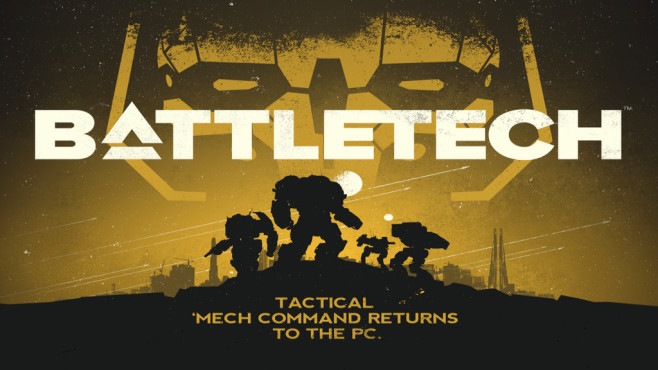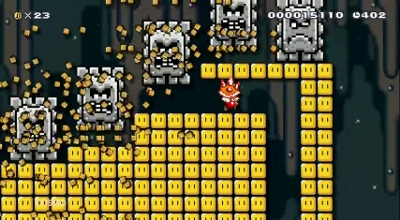Review: Out of the Park Baseball 17
There are kids who were born just before the first Out of the Park Baseball game was made that are now eligible to vote. Each year, we say “I don’t know what they could possibly add to the game to make it better.” And they may have just done it again.
One of the reasons why baseball is still popular, one hundred and forty years after the National League was formed, that most of the key things involved in the game are unchanged from when the game began. The eras have changed, from the deadball era of the early 1900’s, then changed when Babe Ruth became the first superstar to change the game with his power in the 1920’s, to Jackie Robinson breaking the color barrier in 1947, to the westward expansion when the Dodgers and the Giants moved from New York State to the West Coast in 1958, to the days of the Big Red Machine in the 70’s, the power hitting eras of the 80’s, and the modern superstars of today. They all basically played the same game. And you can play that game seamlessly in Out of the Park Baseball 17.
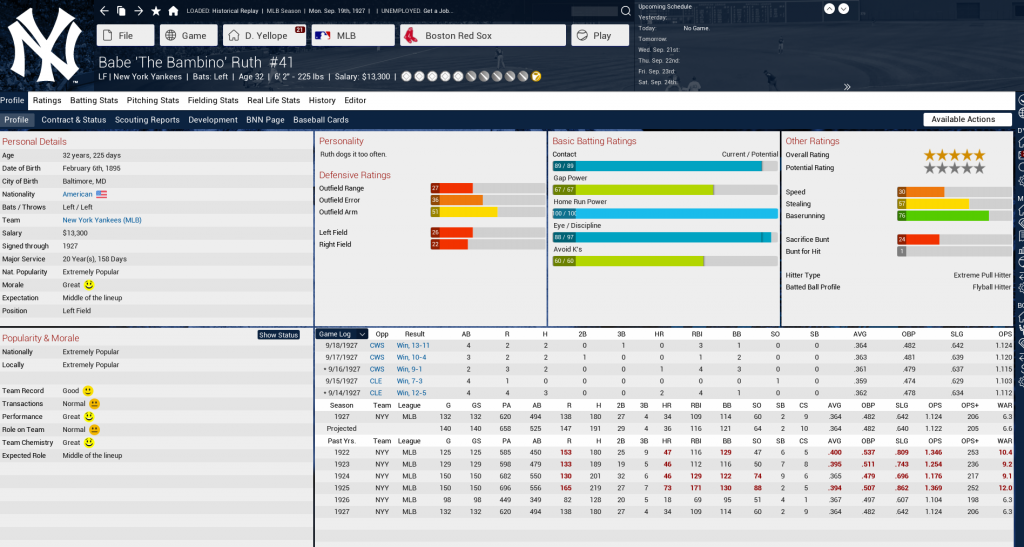
The true power in OOTP is not just in its statistical engine, but its flexibility. Want just to play a 2016 league with accurate minor leagues? That option is just one button click away from the start of the game. Want to play any historical season of baseball? Thanks to all the statistics available you can do just that. You can even replay history, see how things would have changed. If the Red Sox hadn’t had an owner in deep financial trouble, and instead of selling Babe Ruth to the Yankees, had kept him happy, would the Murderer’s Row be a mostly forgotten good team of the era compared to the Boston Red Sox Juggernaut? If Bob Gibson suffered an injury and never lived up to his potential, could the 1960’s Cardinals be as dominant as they were? That’s just one of a million or scenarios that may or may not happen in your universe. Each year, they continue to provide something new to change things up. In past versions, it was random historical debuts (What would happen if Mark McGwire played during the early 1900’s when the top home run hitters had MAYBE a dozen homeruns for the season?
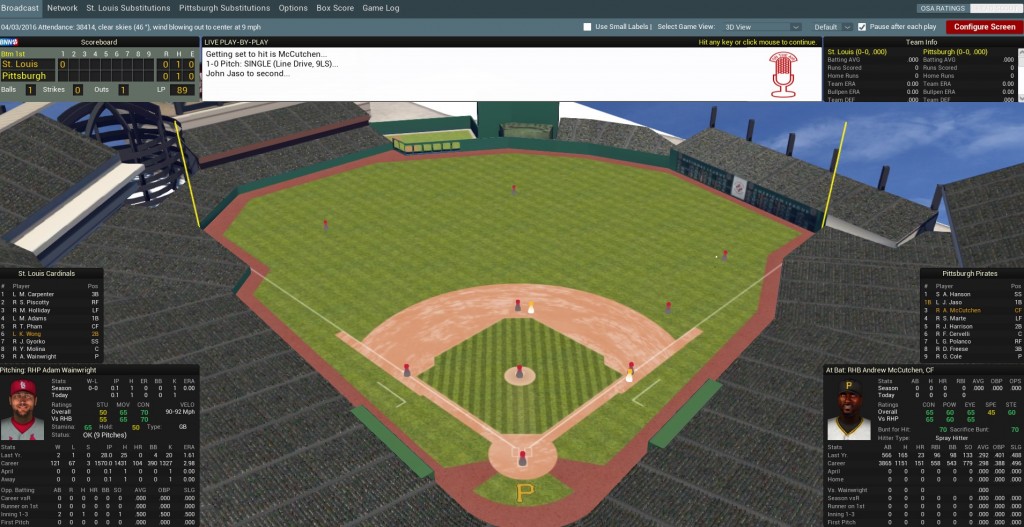
This year, it’s three things. First off, is the new historical minor league database. This adds nearly 150,000 historical players and opens up new avenues of play. Instead of rehashing history with a major league team, maybe it would tickle your fancy to be a minor league manager, guiding and teaching the would be superstars to hopefully fulfill their potential? (and the inevitable heartbreak when your best players are called up and you are assigned some other higher team’s rejects to try to rehabilitate and make useful?
The second thing is a Historical Series mode, where you can pit two teams from Baseball’s history in a short series, such as OOTP is doing for their 16 in ’16 series, trying to offer a determination of the best team of all time. You can normalize both team’s stats to either the home team’s era, or a year. I have to admit, one of the first things I did when I received my review copy of OOTP was to pit the 2004 Red Sox, the ones that brought a title to Fenway after 86 years of disappointment, against Ted Williams and the 1946 Red Sox (the modern day Red Sox won the best of nine series 5 games to 2)
The final thing is a new 3D engine for Play by Play broadcasts, which takes away from the traditional radio-like play by play offered in sports sim games, in favor of something like the old MicroLeague Baseball Games. It’s understandably primitive, but it’s strangely fascinating to watch a line drive falling into short right field and watch the outfielder desperately try to get in on the ball before it hits the ground.
You’re not limited to existing history when you make your leagues either, there is a tremendous variety of options to make your own leagues and setups. I made a regional association featuring four American leagues (eastern, Central, Western, and Northern), where each league crowned its own champion, and then played a four team playoff to create the US Champion. I also created a “EuroLeague” featuring nations across Europe (all minor league in talent) where the national winners faced off to determine the European championship.
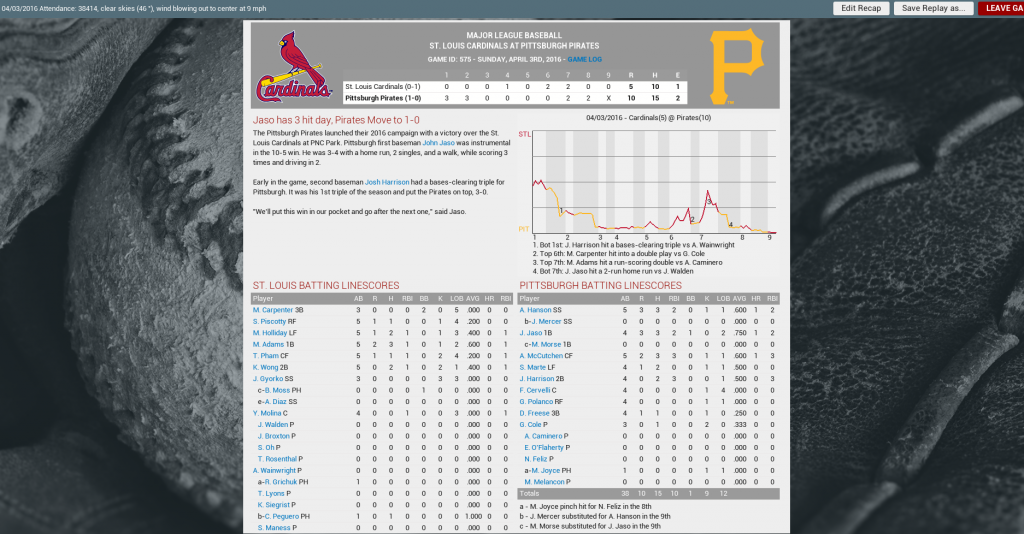
The meat and potatoes of this game are the financial and competitive engine. After all, there’s 30 Major League Teams always trying to sign the best players, players who want more money, so they can buy that solid gold Cadillac they always wanted, and fans demanding a championship even when you think you’ll be lucky to break .500. Oh, and those owners.. have to keep them happy.. while you can turn off being fired, Owner Goals give you an additional challenge, depending on your owner’s tastes. Not only will they be hoping for a certain level of success ON the field, they will want a certain level of upgrades to be done off the field, they may ask you to aggressively hunt for an upgrade at a certain position, or do not resign a certain player to a contract (if they’ve irritated the owner). Players will want new contracts (or more dangerously, may say they want to test free agency and see what they can get on the open market).
So building a team is kind of like one of those Jenga puzzles.. taking out pieces you don’t need, placing new pieces at the top to fill holes and to make your team better.. always hoping that this isn’t the move that will bring the whole thing crashing down around you. Don’t count on other general managers covering for your screw ups either, there’s a risk that every time you offer a contract, that you’re paying for past performance and that star you thought would be a huge presence in your lineup for years to come, quickly becomes a weighty albatross weighing your team down, an anchor that you can’t get rid of. Having a MLB and MLBPA license allows real logos and player info, giving games an added sheen of realism. They’ve made strides to make the opposing AI more aggressive in making bids in free agency and making trades.
In short, Out of the Park 17 can be as complex or as simple as you want it. That’s the core of a great game. If just sitting down and playing out games is your thing, that’s easily done. If replaying history is your thing? Done. Wildly fictional leagues across the world? Yup. The power is in your hands. Whatever you want to do in the national pastime is in your hands.
The Good: Out of the Park 17 is immensely flexible, and allows so much variety in goals and methods, it is the eternal Baseball Sandbox game. New features and innovations each year make this a must buy for baseball fans.
The Bad: The 3D play feature needs a bit of work, number of options can be intensely intimidating for new players.
Should You Buy It? Do you like baseball? Then Yes.
The Number: 91/100
